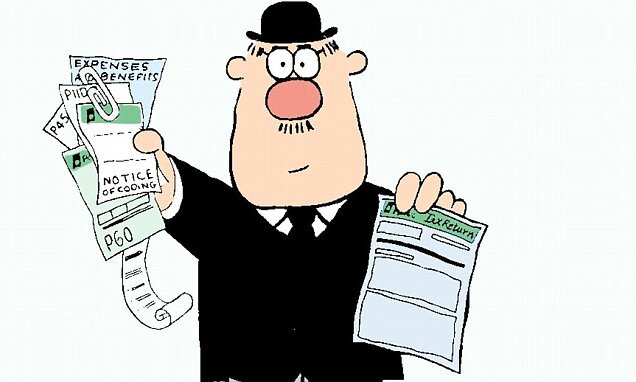Tax Year Planning Checklist
(For The End Or The Beginning)
This content is for guidance and educational purposes only and is generic in nature. I do not offer personal financial advice so please seek independent financial advice from an authorised and regulated professional adviser if you need help with your own situation.
Ten planning actions to consider before 6th April 2019:
TAX FREE SAVINGS: If you are aged 18+ you can invest up to £20,000 into cash, fixed income, equities and alternative investments through Individual Savings Accounts. If you are aged 18-40 and never owned a property before, you can invest up to £4,000 into a Lifetime ISA. If you are aged 16+ and never owned a property before you can invest up to £1,200 followed by up to £200 per month for five years into a Help to Buy ISA. Anyone under 18 can have up to £4,260 per tax year invested in a Junior ISA in cash or stocks and shares.
PENSION CONTRIBUTIONS: Additional pension contributions attract tax relief and potentially also reduce or avoid the child benefit tax charge (if you earn over £50,000) and the ability to reclaim personal income tax allowance (if you earn over £100,000). If you are a non-earner/non-taxpayer you can contribute up to £2,880 to a personal pension and will get a bonus of up to £720. You can utilise carry forward of unused pension annual allowance from 2015/16 of up to £40,000 if you’ve already used your £40,000 2018/19 annual allowance.
TAX FREE CAPITAL GAINS: You can crystalise capital gains (CGT) of up to £11,700, tax-free within your annual CGT exemption allowance.
DEFERRING CAPITAL GAINS TAX: If you defer crystalising capital gains in excess of your tax-free amount (£11,700) until after 5th April 2019, the tax will be due on 31st January 2021, rather than 31st January 2020. Other ways of reducing CGT are on this website.
TOPPING UP STATE PENSION: If you have gaps in your national insurance contributions and as a result your State pension is less than the maximum, you can make additional contributions to plug the gap. The cost of this rises from 6th April 2019 so make the contributions before then. This website gives more details .
REDUCE INCOME TAX: You can give up (sacrifice) salary or a future bonus in return for a higher pension contribution and avoid PAYE tax otherwise due. Your employer might also be prepared to add to the contribution the amount they will save in employer’s national insurance contributions (13.8% of the sacrificed salary).
TAX FREE SAVINGS: Although not tax year sensitive, you might be able to utilise Save As You Earn (SAYE) and other share incentive schemes through your employer if provided. This website gives more details.
SAVINGS ALLOWANCE: If you close an annual interest savings account before 6th April 2019, the accrued interest will be added to the account and be assessed against your annual tax-free savings allowance of £1,000 (basic rate taxpayer) or £500 (higher rate taxpayers).
CHARITABLE GIFTS: If you make a gift of cash or an asset (like shares or investment funds) to a registered charity, you can claim higher rate relief if you are a 40 or 45% taxpayer and possibly reclaim lost personal income tax allowance or cause taxable capital gains to be taxed at 10/18 rather than 20/28%. If you are employed your employer might operate a payroll giving scheme which allows charitable donations to be made from your pre-taxed income.
ANNUAL GIFTS: Every person is allowed to make an annual gift of up to £3,000 to any one person (and £3,000 for the previous year if not already done). They can also give away £250 to as many people as they wish (but not the same person who has received a £3,000 gift) and this will be immediately exempt for inheritance tax purposes. It might be worth mentioning this to older wealthy relatives, in case they are minded to make a gift to you!
I hope these pointers are helpful but do remember to take professional advice if appropriate. In any case remember, financial planning is for life, not just the tax year.
Warm regards,
Jason

